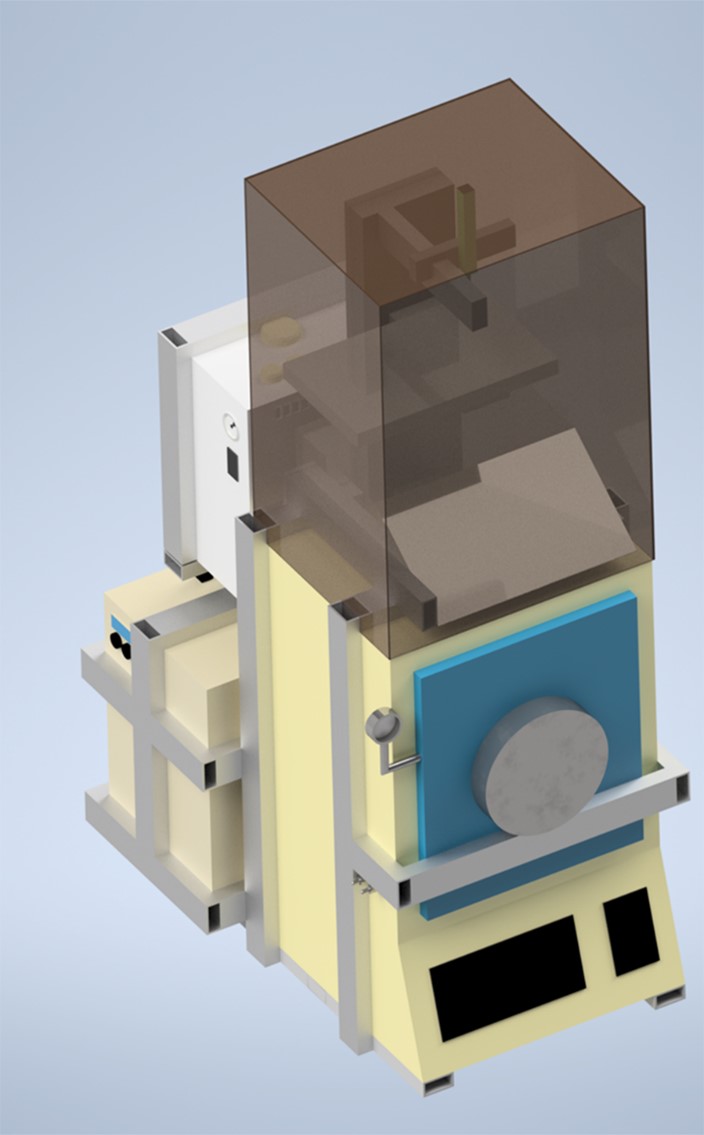Abstract
In the ever evolving and incredibly complicated world of SOF operations, flexibility, speed, and responsiveness are critical attributes looked for is both SOF soldiers, and their equipment. 3D printing, deployed down to the lowest possible level, would allow SOF soldiers to potentially create a wide array of custom parts in response to their needs quickly and on site, without waiting on conventional supply chains. Current 3D printers suitable for deployment to lower echelons can only create plastic parts, which often are not suitable for vehicles, weapons or power systems. We propose to use a compelling package of Commercial Off the Shelf (COTS) components and custom feed stock to enable SOF operators to produce the widest possible variety of components out of an array of many different possible materials, all packaged and deployable to the most austere environments.
Problem Statement
The fundamental challenge is to expand the capabilities of printers suitable for deployment to austere environments. Current printers are limited to printing largely in thermoplastics. This limited range of material selection hampers the possible utility of 3D printers for military applications. We aim to provide a solution that expands these material options to a wide range of metals, resins, and energetics. This technology package involves a modified COTS printer, and furnace, packaged together with a blend of commercially available and custom materials.
Our primary avenue of research is in 3D printing of metal parts from oxide powders (like rust) using an extrusion process called Direct Ink Write (DIW). Pure metal powders used in all existing methods of 3D printing are difficult to make, sensitive to moisture and humidity, and require careful handling for storage and transport. Oxides like rust are easily manufactured, and potentially easily sourced. They are entirely stable and environmentally robust.
The Direct ink Write process is also much more flexible than the process used in most available printers, as virtually any flowing material can be printed, from our metal oxide inks, to various resins, to energetics like plastic explosives.
Proposal
Our major proposal is to blend currently commercial solutions from American companies with our novel research to create the most versatile possible 3D printer suitable for deployment to austere environments
our proposal involves three major components: A hardware package, a COTS material package, and Custom Material Package.
The hardware package is a unit comprised of COTS printer and furnace, as well as auxiliary supplies such as a water cooler and gas generator or tanks. These allow for the printing of a wide variety of parts and crucially the sintering of metal components.
The COTS materials package consists of a wide range of materials currently available from companies that can be printed through fused deposition modeling (FDM) and widely used and very well-developed method of 3D printing. This includes the conventional range of plastics including those reinforced with nylon or carbon fiber. It also includes the ability to 3D print metals through FDM. Companies such as BASF and The Virtual Foundry have filaments containing pure metal powders that can be sintered into solid metal components in a range of alloys.
The Custom materials package consists of the widest range of materials and includes our oxide-based alloys as well as a range of extruded materials that can be printed through DIW. Using oxides as a base makes the materials cheaper, stable, and easier to handle or transport. We have worked with The Virtual Foundry to create FDM filament based on our oxide alloys, in order to create geometrically complex shapes. Using DIW any alloy can be made based on what metal or oxide powders are mixed into the inks. This includes iron, brass, stainless steel, and advanced alloys such as Nickle based “super” alloys, Inconel, and carbon steels. Quite literally any alloy can be created using this process given the correct mix of metal and oxide powders. This also allows for the printing of mixed materials, such as thermite which can be printed into custom geometries. These inks are relatively simple to make and could rapidly be produced (potentially on site) to meet evolving needs. DIW can also print any flowable viscous materials, including curable resins, and putty like materials such as plastic explosives
Challenges and Unknowns
The first major challenge is the continued development of our DIW process, we have a strong understanding and solid base in the development and sintering of a wide variety of alloys. However, as a printing process DIW is less well developed than the more widely used FDM method. We currently cannot produce parts with the same geometrical complexities as can be achieved with FDM printing.
We are also continuously working to expand our range of tested alloys, we are currently working to develop functionally graded materials, and custom carbon steel alloys, we would like to continue this work to advance our range of capabilities. We believe our work in Oxide-based 3D printed metals is perhaps the most widely applicable part of this project, our oxide-based alloys could be printed on a wide range of existing system that already have army contracts. For example, the nRugged printer could make oxide alloy parts through either FDM or DIW, and the Ex-one binder jet printers that also have an army contract could manufacture oxide-based alloys through their binder jet printing method
The proposed hardware package also needs to be refined, an example of this package is included as an image here, however the exact package should be created in conjunction with SOCOM and SOF operators. There are a wide variety trade offs in how this package comes together, in terms of cost, size, weight and capability, that we would like to work with SOCOM to better underst

 OUSD Research and Engineering
OUSD Research and Engineering  West Point
West Point
Comments
tommy.sebastian | 14 October 2021
I think the focus on…
I think the focus on developing a mobile printer for metal parts is the right approach, as plastics would have limited utility in the field. Finding the match between overall system (including feedstock) SWaP, library of parts (or parameterized precursor modesl), fabrication time, and post-printing part clean-up vs. just bringing more conventional components or having a responsive supply chain (drone delivery?) would be key.
dBlocher | 28 October 2021
I agree with Tommy, and as…
I agree with Tommy, and as pointed out in at the end of your proposal, working with the SOCOM community to to better understand use cases would certainly help drive design here. Perhaps there is a class of parts for which large inventories of spares are required to be stored in theatre or carried with soldiers. This would help drive the machine size you are aiming at as well as the materials required. I'd suggest focusing on a specific use case or two, while keeping open the future addition of say different alloys in the toolkit.